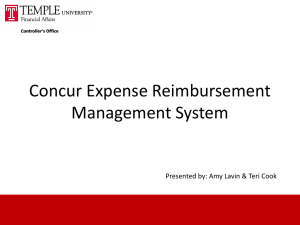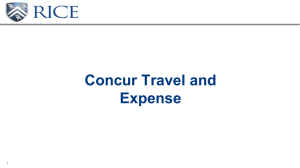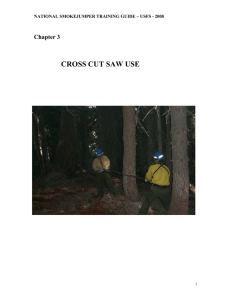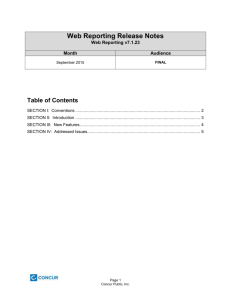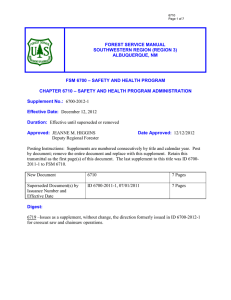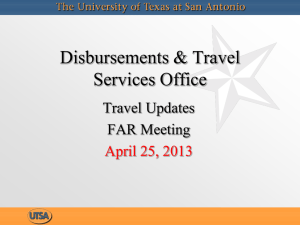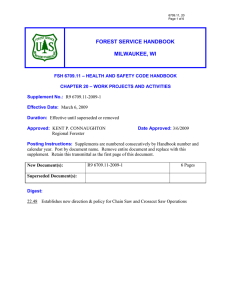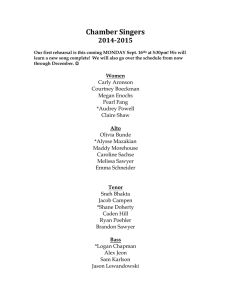C rosscut & Chain Saw Policy Development & Revision Work Group Information Request
advertisement
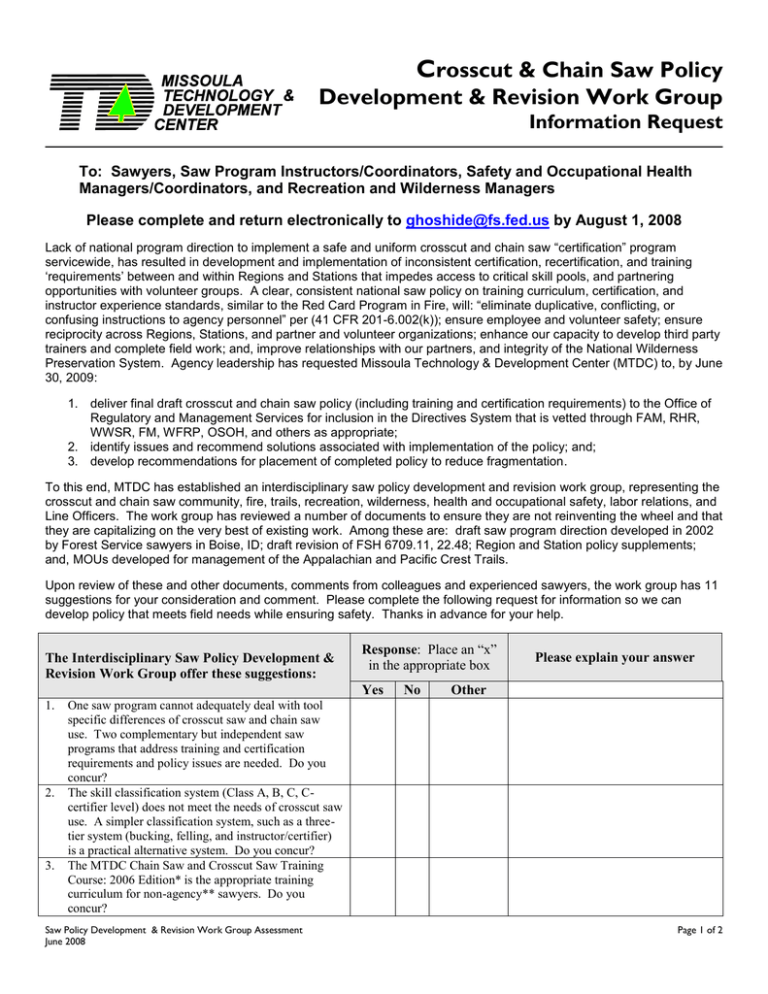
Crosscut & Chain Saw Policy Development & Revision Work Group Information Request To: Sawyers, Saw Program Instructors/Coordinators, Safety and Occupational Health Managers/Coordinators, and Recreation and Wilderness Managers Please complete and return electronically to ghoshide@fs.fed.us by August 1, 2008 Lack of national program direction to implement a safe and uniform crosscut and chain saw “certification” program servicewide, has resulted in development and implementation of inconsistent certification, recertification, and training ‘requirements’ between and within Regions and Stations that impedes access to critical skill pools, and partnering opportunities with volunteer groups. A clear, consistent national saw policy on training curriculum, certification, and instructor experience standards, similar to the Red Card Program in Fire, will: “eliminate duplicative, conflicting, or confusing instructions to agency personnel” per (41 CFR 201-6.002(k)); ensure employee and volunteer safety; ensure reciprocity across Regions, Stations, and partner and volunteer organizations; enhance our capacity to develop third party trainers and complete field work; and, improve relationships with our partners, and integrity of the National Wilderness Preservation System. Agency leadership has requested Missoula Technology & Development Center (MTDC) to, by June 30, 2009: 1. deliver final draft crosscut and chain saw policy (including training and certification requirements) to the Office of Regulatory and Management Services for inclusion in the Directives System that is vetted through FAM, RHR, WWSR, FM, WFRP, OSOH, and others as appropriate; 2. identify issues and recommend solutions associated with implementation of the policy; and; 3. develop recommendations for placement of completed policy to reduce fragmentation. To this end, MTDC has established an interdisciplinary saw policy development and revision work group, representing the crosscut and chain saw community, fire, trails, recreation, wilderness, health and occupational safety, labor relations, and Line Officers. The work group has reviewed a number of documents to ensure they are not reinventing the wheel and that they are capitalizing on the very best of existing work. Among these are: draft saw program direction developed in 2002 by Forest Service sawyers in Boise, ID; draft revision of FSH 6709.11, 22.48; Region and Station policy supplements; and, MOUs developed for management of the Appalachian and Pacific Crest Trails. Upon review of these and other documents, comments from colleagues and experienced sawyers, the work group has 11 suggestions for your consideration and comment. Please complete the following request for information so we can develop policy that meets field needs while ensuring safety. Thanks in advance for your help. The Interdisciplinary Saw Policy Development & Revision Work Group offer these suggestions: Response: Place an “x” in the appropriate box Yes 1. 2. 3. No Please explain your answer Other One saw program cannot adequately deal with tool specific differences of crosscut saw and chain saw use. Two complementary but independent saw programs that address training and certification requirements and policy issues are needed. Do you concur? The skill classification system (Class A, B, C, Ccertifier level) does not meet the needs of crosscut saw use. A simpler classification system, such as a threetier system (bucking, felling, and instructor/certifier) is a practical alternative system. Do you concur? The MTDC Chain Saw and Crosscut Saw Training Course: 2006 Edition* is the appropriate training curriculum for non-agency** sawyers. Do you concur? Saw Policy Development & Revision Work Group Assessment June 2008 Page 1 of 2 The Interdisciplinary Saw Policy Development & Revision Work Group offer these suggestions: Response: Place an “x” in the appropriate box Yes No Other Please explain your answer 4. Saw program requirements should apply to nonagency** crosscut saw and chain saw sawyers performing work on NFS lands. Do you concur? 5. Non-agency** instructors who meet agency qualifications can train both agency and non-agency** sawyers. Do you concur? 6. Forest Service instructors may instruct and certify all interested persons including non-agency** personnel. Do you concur? 7. Class B sawyers can instruct Class A and B sawyers but do not certify or recertify Class A and B sawyers. Do you concur? 8. Two-person crosscut saw use requires at least one individual, whether agency or non-agency,** to be crosscut saw certified at least at the A level and with at least one person certified at the appropriate level for the task. For example, an “A” sawyer and “C” sawyer may engage in “C” level saw assignments. Do you concur? 9. Line officers should be allowed to authorize (with written designation) an alternate person to “certify” Chain Saw and Crosscut Saw Sawyer Certification Cards. Do you concur? 10. Crosscut saw and chain saw requirements should ensure that sawyers achieving ‘certification’ in one Forest Service Region or Station are considered ‘certified’ in other Forest Service Regions and Stations. Do you concur? 11. Saw operations (policy) direction is currently located within the Forest Service Office of Safety and Occupational Health (OSOH) program area. This is the appropriate location. Do you concur? * The MTDC Chain Saw and Crosscut Saw Training Course: 2006 Edition (T&D Pub Number 0667 2C01) is posted at: http://www.fs.fed.us/t-d/ (username: t-d; password: t-d) ** Non-agency include volunteers, partners operating under agreement, and others authorized by the agency to use saws. Please check the appropriate item(s) that describe your background and interest as a responder: Bureau of Land Management employee Fish & Wildlife Service employee Forest Service employee National Park Service employee State Government employee Non-governmental Volunteer (please specify): ____________ Saw Coordinator Line Officer or Unit Manager Safety & Occupational Health Manager or Collateral-Duty Safety Officer Other (please specify): __________________ Saw Policy Development & Revision Work Group Assessment June 2008 Chain Saw: Skilled Sawyer - A Certified Skilled Sawyer - B Certified Advanced Sawyer - C Certified C - Certifier Lead Instructor Crosscut Saw: Skilled Sawyer - A Certified Skilled Sawyer - B Certified C Certified C Certifier Lead Instructor Page 2 of 2

